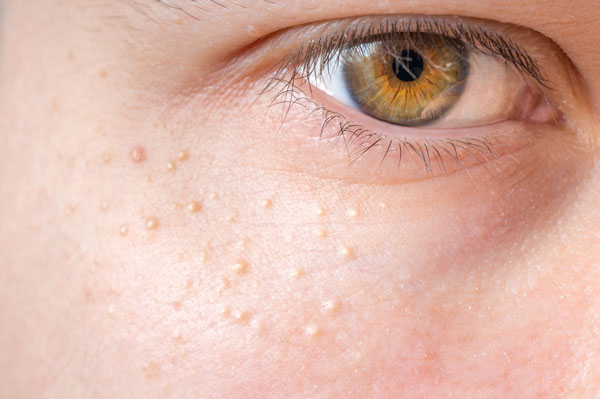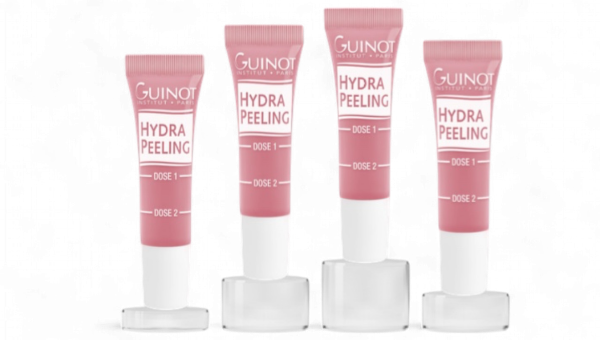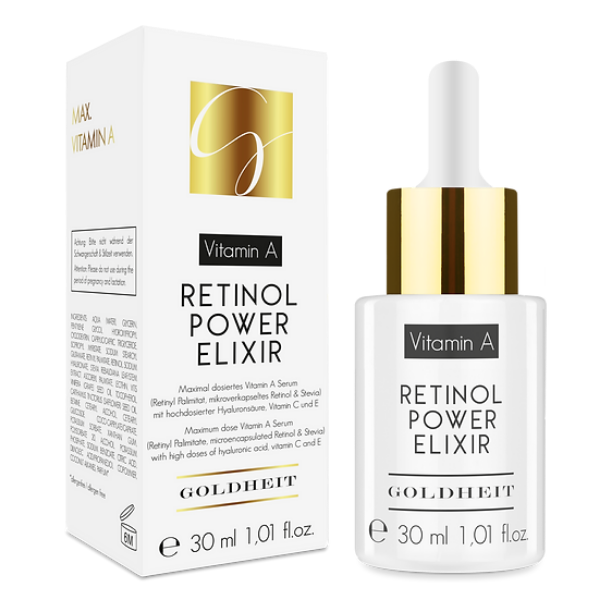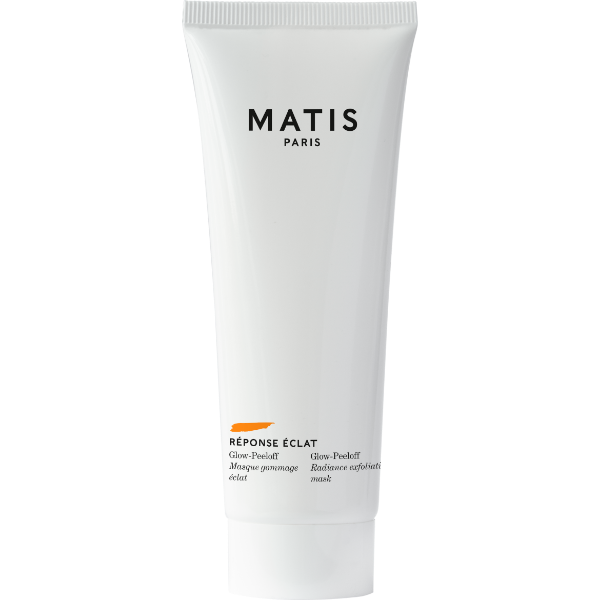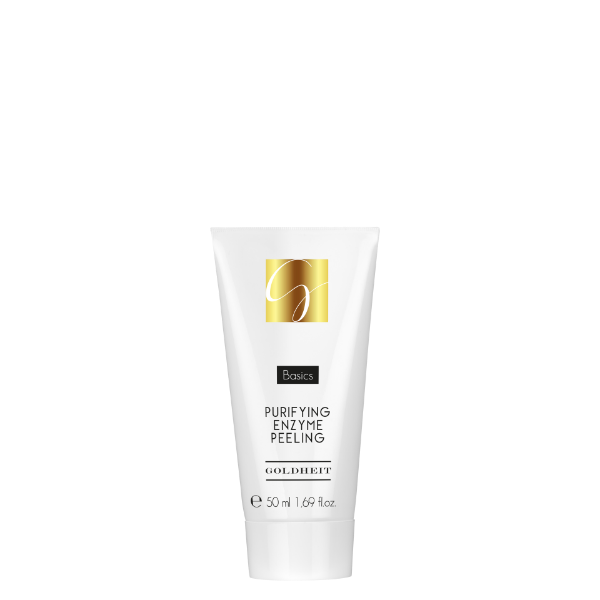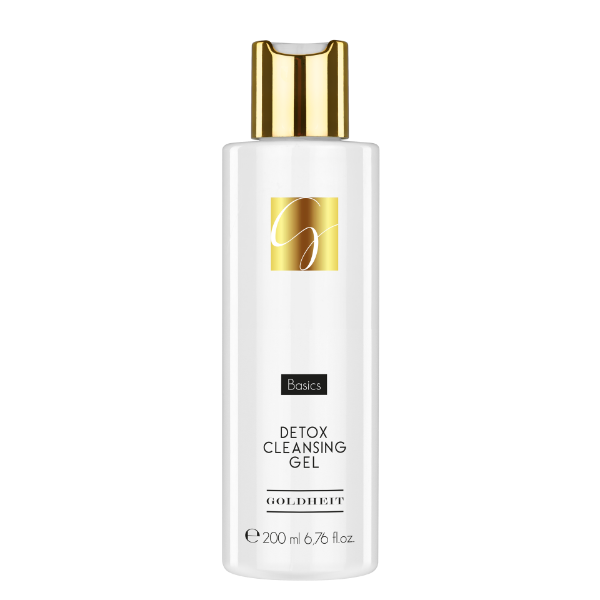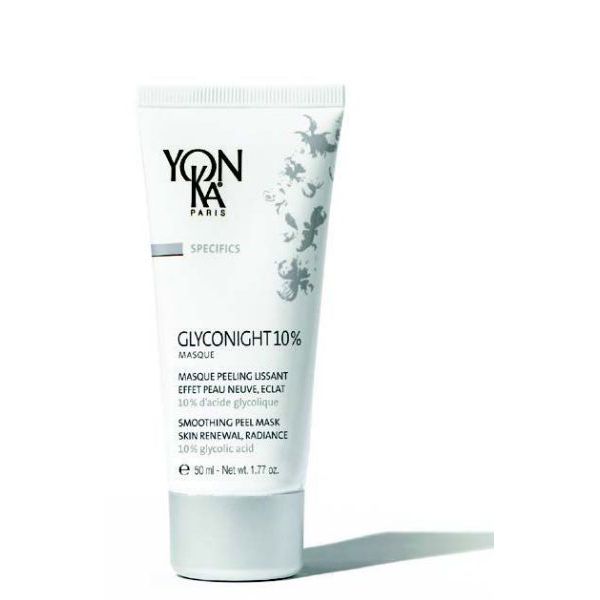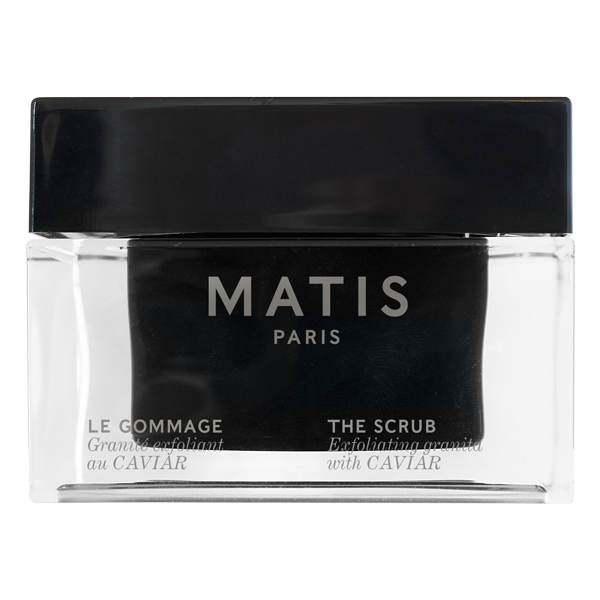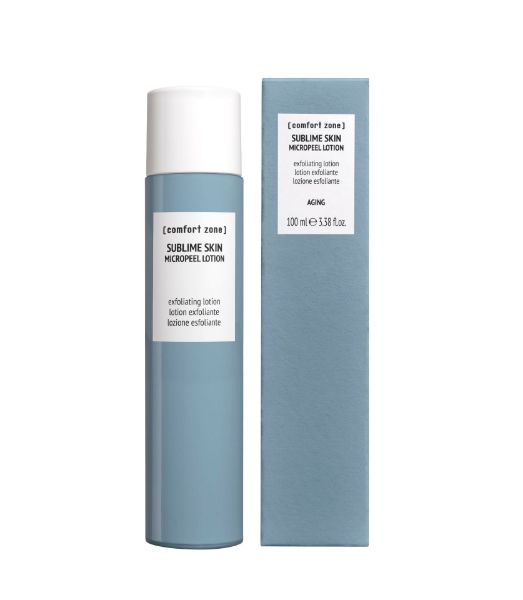Milien – kleine Hautknötchen verstehen und richtig pflegen
Sortieren nach
Le Prunier Plumtox Clarifying Enzyme Mask (50ml)
Reinigende Pflaumen-Peeling-Maske mit Midnight Muir®
CHF 125.00 inkl. MwSt. zzgl. Versand
(100ml CHF 250.00)
Goldheit Retinol Power Elixir (30ml)
Maximal dosiertes Vitamin A Serum
CHF 78.20 inkl. MwSt. zzgl. Versand
(100ml CHF 260.65)
Goldheit Detox Cleansing Foam (150ml)
Reinigungsschaum mit AHA, BHA, Weinsäure, Milchsäure
CHF 34.00 inkl. MwSt. zzgl. Versand
(100ml CHF 22.65)
Goldheit Purifying Enzyme Peeling (50ml)
Klärendes Enyzmpeeling
CHF 41.00 inkl. MwSt. zzgl. Versand
(100ml CHF 82.00)
Goldheit Intensive Effect Peel PI20 (30ml)
Fruchtsäurepeeling mit Peel-Index 20 (20% Fruchtsäurekomplex)
CHF 45.00 inkl. MwSt. zzgl. Versand
(100ml CHF 150.00)
Goldheit Detox Cleansing Gel (200ml)
Reinigungsgel mit AHA, BHA, Weinsäure, Äpfelsäure, Milchsäure
CHF 39.00 inkl. MwSt. zzgl. Versand
(100ml CHF 19.50)
Yon-Ka Glyconight 10% Maske (50ml)
Das professionelle Peeling für zu Hause
CHF 85.00
(100ml CHF 170.00)
Comfort Zone Sublime Skin Micropeel Lotion (100ml)
Exfolierende Lotion
CHF 53.00 inkl. MwSt. zzgl. Versand
(100ml CHF 53.00)
- 1
- 2






